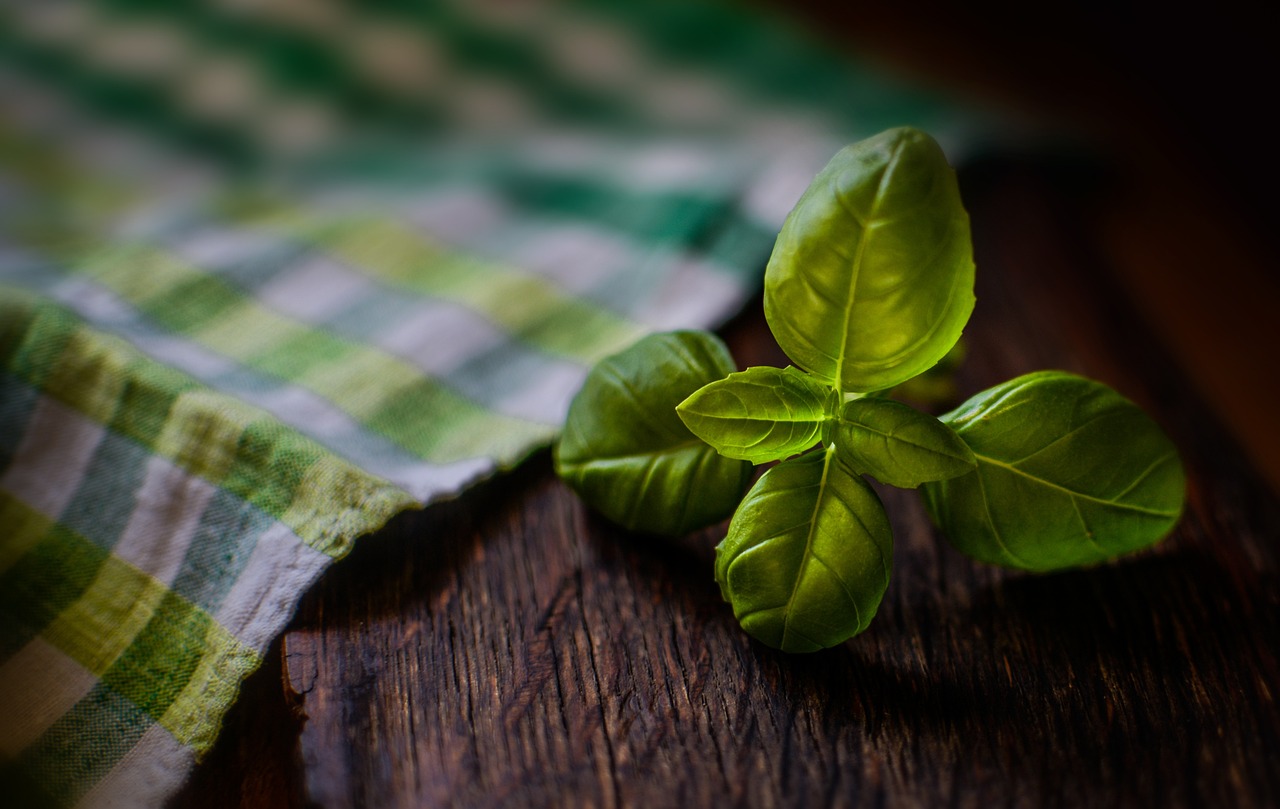Herb Walls - Part 1
Vertical Herb Gardens - Part 1
Welcome to the world of vertical herb gardens! If you're looking to add a touch of greenery to your space while saving room, vertical herb gardens are the perfect solution. In this two-part series, we'll explore the benefits of vertical herb gardens, how to set one up, and which herbs thrive in vertical environments.
The Benefits of Vertical Herb Gardens
Vertical herb gardens offer several advantages for both indoor and outdoor spaces:
- Space-Saving: Ideal for small apartments, balconies, or kitchens with limited space.
- Easy Access: Herbs are within arm's reach for convenient harvesting and cooking.
- Decorative: Adds a pop of greenery to any wall or vertical surface, enhancing the aesthetics of your space.
- Aromatherapy: Enjoy the pleasant scents of fresh herbs as they grow vertically.
- Sustainability: Grow your own herbs organically and reduce waste from store-bought herbs.
Setting Up Your Vertical Herb Garden
Creating a vertical herb garden is easier than you might think. Here are some steps to get you started:
- Choose a Location: Select a sunny spot for your vertical herb garden, whether indoors near a window or outdoors on a balcony or patio.
- Container Selection: Opt for vertical planters, wall-mounted pots, or DIY hanging containers to plant your herbs.
- Herb Selection: Pick herbs that thrive in vertical environments such as basil, mint, thyme, and oregano.
- Soil and Planting: Use well-draining soil and plant your herbs according to their spacing requirements, ensuring they have room to grow vertically.
- Watering and Maintenance: Water your herbs regularly, ensuring they receive adequate sunlight and nutrients for healthy growth.
Herbs That Thrive Vertically
Not all herbs are suited for vertical growth, but many popular herbs do exceptionally well in vertical herb gardens:
- Basil: A versatile herb with vibrant green leaves that thrives in sunny locations.
- Mint: Known for its refreshing aroma, mint is a hardy herb that can tolerate vertical growth.
- Thyme: With small leaves and a low-growing habit, thyme is perfect for vertical planters.
- Oregano: An aromatic herb that adds flavor to various dishes and adapts well to vertical environments.
Stay tuned for part two of our series where we'll delve deeper into caring for your vertical herb garden and explore creative design ideas to elevate your space with greenery. Get ready to bring the beauty and functionality of herbs to new heights with a vertical herb garden!

Image Source: Pixabay
